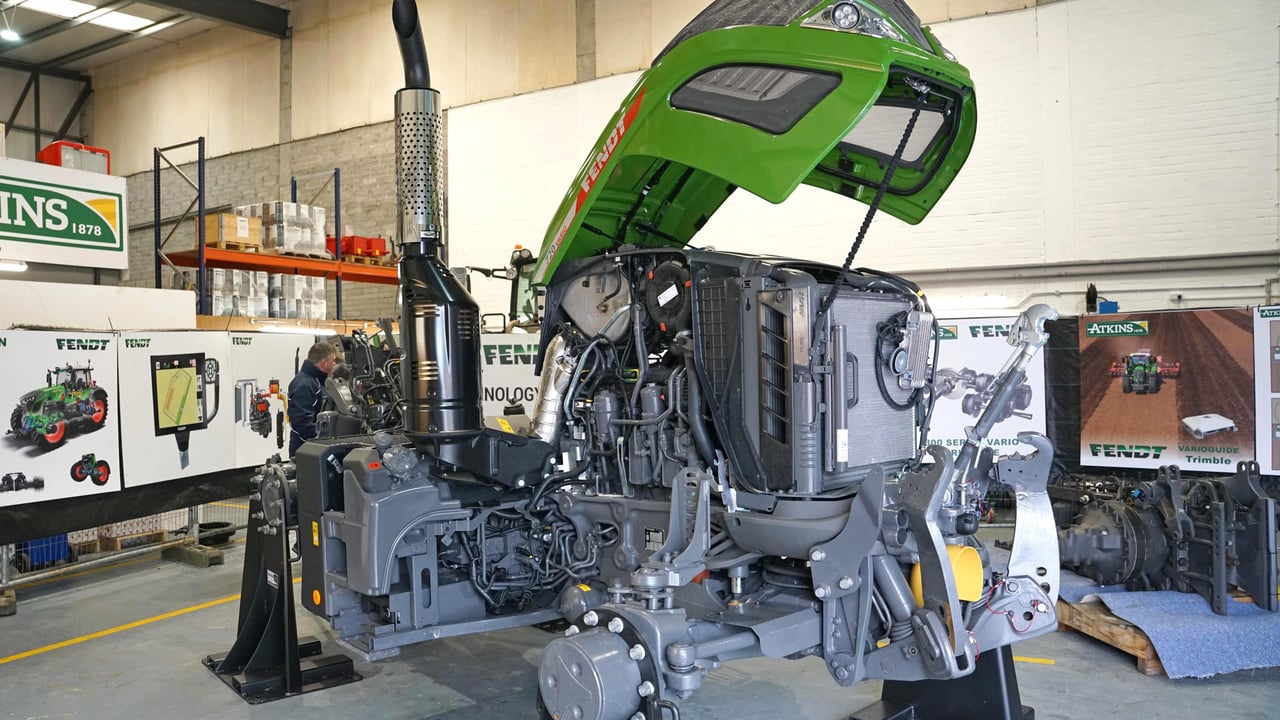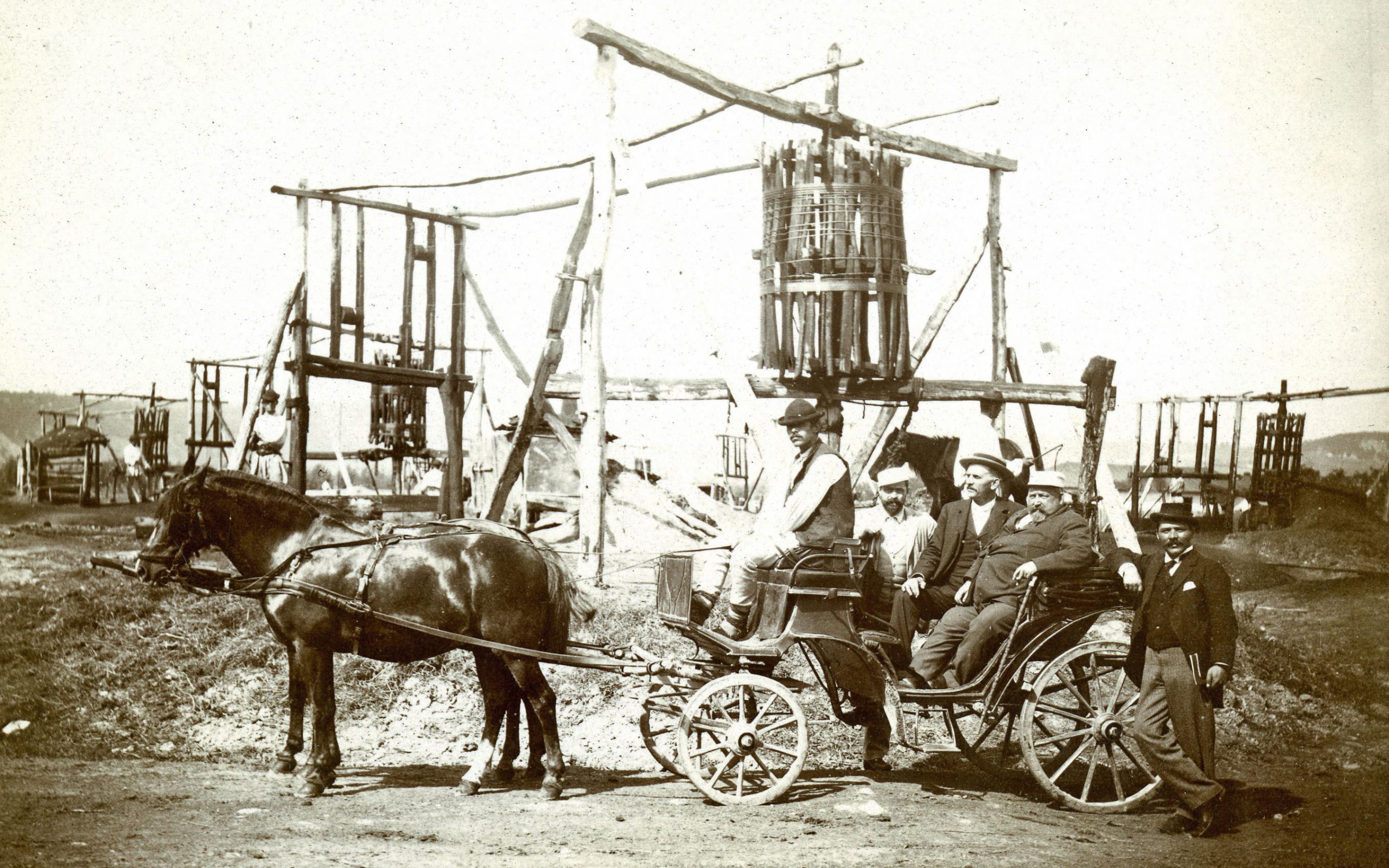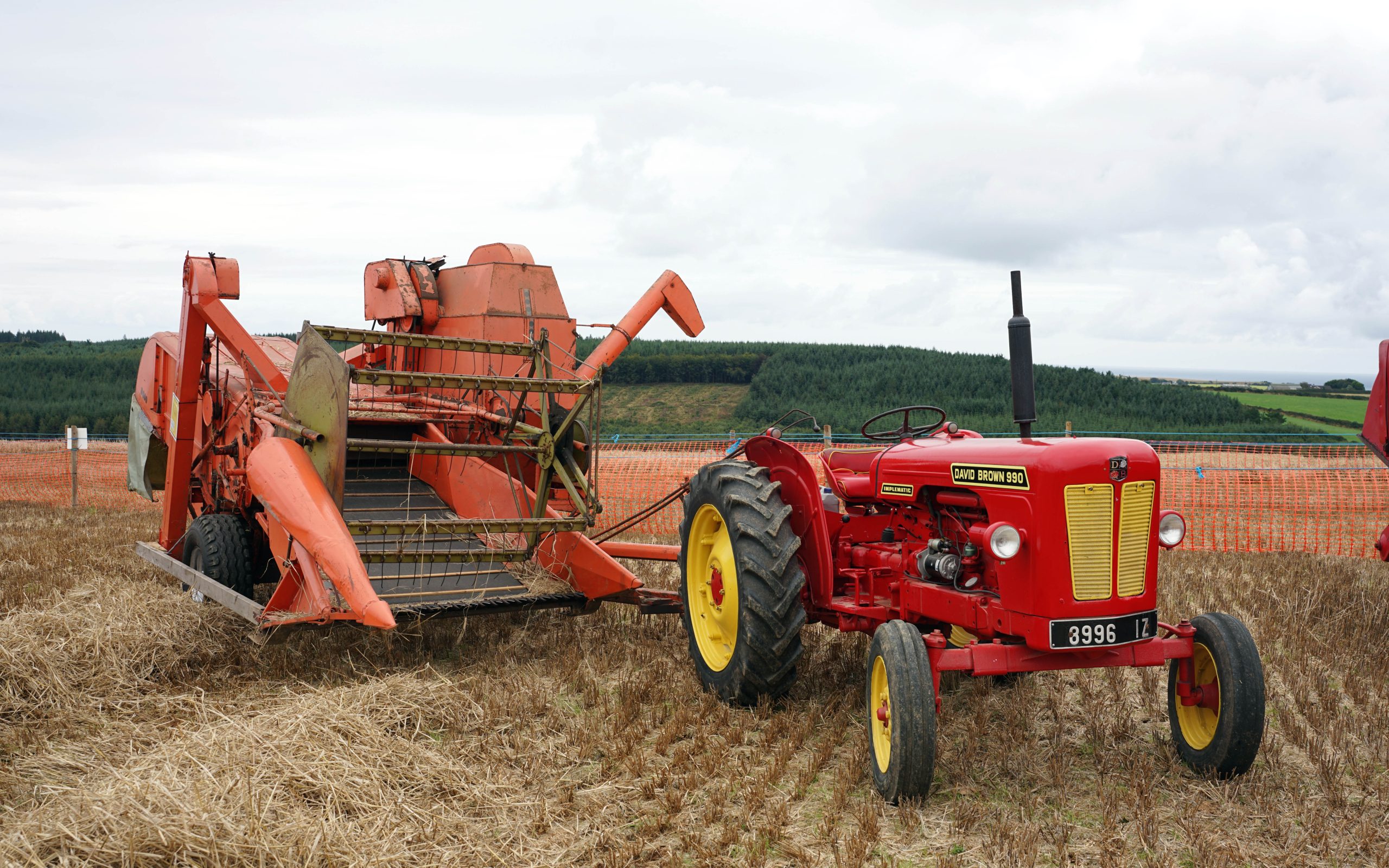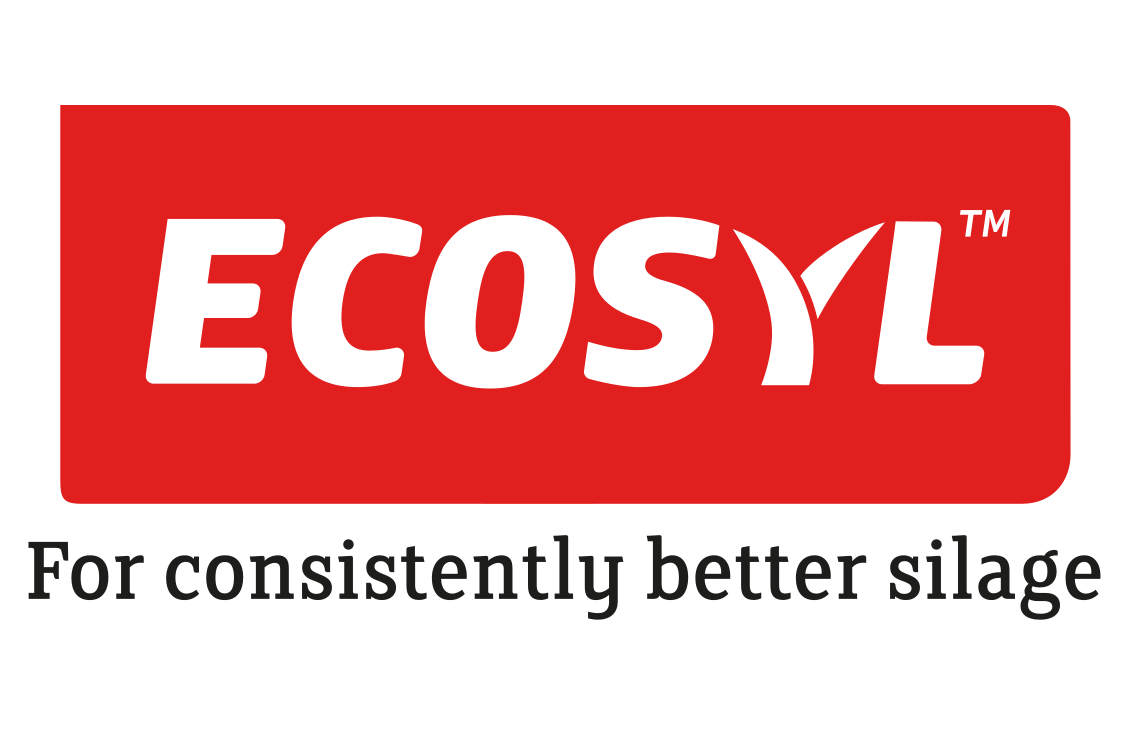Engine oils and the science of lubrication
The hard grind of autumn cultivations is already upon us - a time that many tractors will be working their hardest, subjecting the engine oil to both stress and contamination.
A running engine is full of metal parts rubbing against each other, and that causes wear.
Maintaining a thin layer of oil between them so they they do not actually come into contact is vital if the engine is to last.
Tribology is the name given to the study of friction and lubrication, which is of vital importance to the design and operation of all mechanical devices.
It is quite possible to determine the critical values of oil - such as viscosity, carbonation residue, and acidity - and the content of chemical impurities - such as fuel, water, abrasion, and additive elements - and set limits on them all.
There is also a sound understanding of how lubrication actually works in engines; it revolves around the establishment of an oil film between the moving parts.
There are three recognised phases of lubrication: hydrodynamic; mixed; and boundary, with the most desirable phase being hydrodynamic.
What is termed the boundary phase is the least desirable, as this represents only the partial presence, or even total absence, of an oil film.
The mixed phase comes in between and is most often encountered at low running speeds or when starting and stopping the engine.
Establishing and maintaining the hydrodynamic phase is the aim of engineers and chemists, but although minor miracles may be performed in getting an oil to protect an engine, they rely on that oil being fit for purpose.
Unfortunately, as oil is used, it decays through chemical degradation or mechanical stress, processes accelerated by temperature cycles and the introduction of contaminants.
Motor oil is stable up to 100℃ before heat starts to have an effect, while it is the shearing effect of gears and the compression between moving surfaces which can break the oil down mechanically.
Oxidation is also a major factor, especially if oil is running at a higher temperature, while additive depletion will also be detrimental to the engine if left too long.
All lubricating oils derive from crude oil or natural gas and range from fully synthetic to refined mineral oil base, with a large spectrum of variations in between.
The industry itself avoids using the term 'synthetic' following a court case between Castrol and Mobil in which Castrol showed that a range of its base oils were in fact modified enough to be described as such.
To avoid future conflicts, there is now a five-part grading system for base oils and the use of the word 'synthetic' has been relegated to a purely marketing role rather than a definitive description.
Base oils for synthetic motor lubricants are classed as Group IV in that the base oil is a product of the chemical formation of its components rather than distilled from crude oil.
However, these components may themselves be derived from distillation or come from natural gas.
Group V base oils are separate category reserved for those that do not fit into the other groups.
The components of a synthetic lubricant are basically hydrocarbon chains of various lengths - the longer the chains the more viscous the oil.
Chemically they are quite simple. Carbon atoms are linked together with single bonds with hydrogen atoms attaching themselves to the spare bonds.
When all the spare bonds are linked to hydrogen and there are no double bonds between the carbon atoms, the molecule is said to be saturated.
Saturated hydrocarbons are highly desirable, as any carbon double bonds are a point of weakness and can lead to rapid degradation of the oil.
By creating saturated hydrocarbon chains of defined lengths, the basic property of the the base oil is set and additives of various types are then included to modify and enhance its performance.
All this chemical engineering does not come cheap, which leads to synthetic oils carrying a hefty price premium over mineral oil-based lubricants.
Group I, II and III base oils are all derived from mineral oil and their categorisation depends upon the process they have undergone to distil and process the oil for use as lubricants.
The three main characteristics by which these base oils are graded are sulphur and saturated hydrocarbon content along with viscosity.
Just to add to the complexity of it all, companies may blend mineral and synthetic oils in a bid to produce a competitively priced product that still meets the desired performance criteria. These are labelled as being 'semi-synthetic'.
What exactly is added to the base oils, and in what quantities, are closely guarded trade secrets, so any discussion upon them will be limited to a great extent.
There are many additives used, each with a specific purpose, and the key is to ensure that the addition of one does not detract from the performance of another.
They will include dispersants, anti-foaming agents, detergents, viscosity modifiers, and anti-wear agents.
Modern engines are designed and built to tolerances that are getting ever more precise.
This helps ensure efficiency and reduces emissions as pistons no longer slap around in their cylinders.
Tighter tolerances need greater security of oil supply, requiring oil channels and galleries to be kept clean and unclogged. While this is the job of certain oil additives, these will be consumed during use and need refreshing regularly.
Part of the engineering design that goes into creating an engine is the selection of oil type and grade. This is now considered a vital component that has to meet standards as strict as those being applied to other engine parts.
If we were to consider an engine as a hot mill designed to damage its lubricant, then the importance of regular oil changes may be better appreciated.









